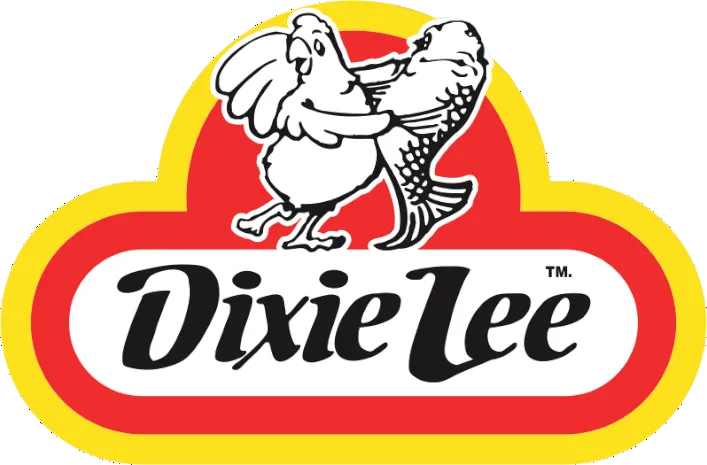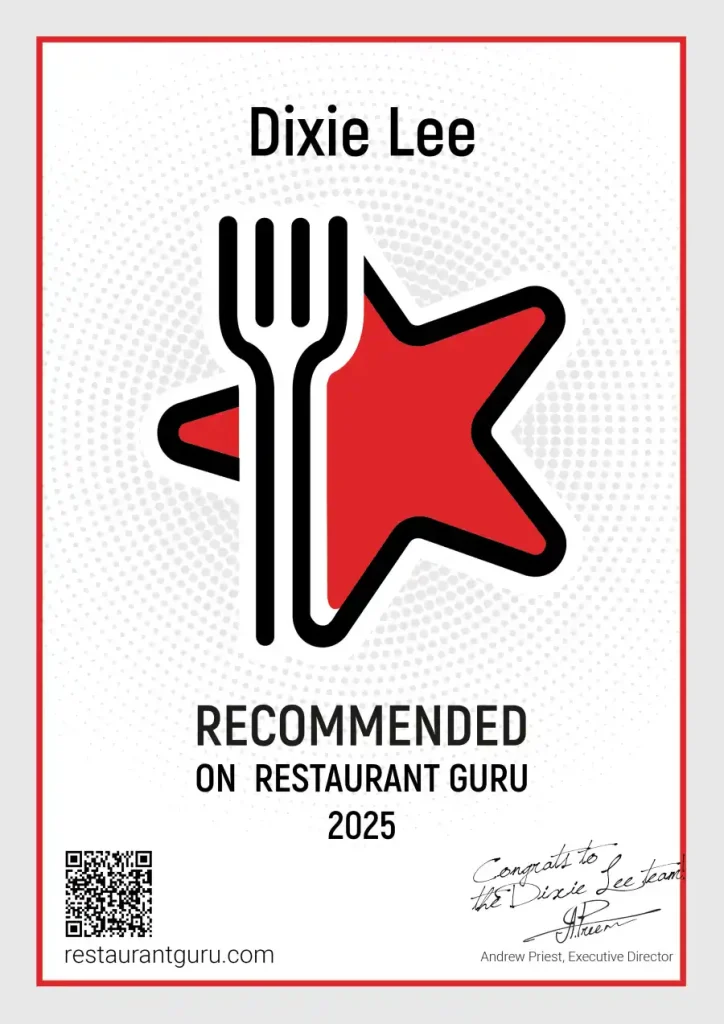Owning a Dixie Lee in Bancroft builds long-term value through small-town loyalty and seasonal tourism boosts. In a community where many patrons are regulars, staff can greet locals by name, keep quality consistent, and earn steady repeat business.
Effective operations planning—staffing smartly for holiday spikes and using sales forecasting to cut waste—helps protect margins. Brand training and centralized purchasing further support consistent product quality and cost control. Diversifying revenue with catering, local partnerships, and referral bundles reduces dependence on walk-in traffic and captures additional market opportunities.
For the owner, these practices translate into stronger cash flow, higher EBITDA, and improved financing options over time. The business also gains stability and market credibility, which simplifies succession planning and increases long-term value.
To maximize these benefits, owners should focus on disciplined financial management, proactive staffing and inventory strategies, and ongoing community engagement to sustain and grow the customer base.
Key Takeaways
- Loyal local customer base through name recognition, consistent quality, and community involvement drives repeat business year-round.
- Seasonal tourism surges provide predictable revenue spikes with smart staffing, inventory planning, and partnerships with lodges and hosts.
- Operational efficiencies reduce costs via standardized procedures, centralized purchasing, forecasting tools, and brand training.
- Diversified revenue from catering, fundraisers, and local partnerships smooths seasonality and expands market reach.
- Strong brand support and proven systems enhance EBITDA, stability, financing options, and overall enterprise valuation.
Building a Loyal Customer Base in a Close-Knit Community
Because Bancroft thrives on relationships, you’ll win loyalty by showing up consistently and personally. You greet customers by name, remember their usual order, and follow up when something changes. You listen to feedback and act on it quickly, so people feel heard. You support local events, sponsor youth teams, and thank volunteers; your presence signals commitment, not promotion.
You keep quality steady: hot, fresh chicken, accurate orders, clean counters, and fair prices. You make it easy to choose you—reliable hours, friendly service, and quick problem-solving when mistakes happen. You train staff to mirror your approach, so every visit feels familiar. Over time, trust compounds into repeat visits, word-of-mouth referrals, and multi-generational patrons who see your Dixie Lee as part of their routine.
Leveraging Seasonal Tourism for Predictable Revenue Spikes
The loyalty you build year-round becomes your launchpad when Bancroft’s cottages fill up and trails get busy. You already know guest patterns, so you can staff smartly, fine-tune prep levels, and feature bestsellers that satisfy hungry hikers, paddlers, and cottage groups. With clear promotions—family platters, picnic-friendly boxes, and online pre-orders—you convert weekend surges into predictable spikes.
Use your data to forecast: map last year’s daily sales to holiday weekends, fishing openers, and fall colours. Then set inventory targets, adjust hours, and schedule curbside pickup windows to smooth lines. Partner with lodges, outfitters, and Airbnb hosts for referral bundles and QR menus in welcome guides. Capture contact info from visitors, then remarket before their next trip. Seasonal tourism becomes repeatable momentum, not a scramble.
Reducing Costs Through Operational Efficiencies and Support Systems
While margins tighten, you can protect profit by standardizing how work gets done and leaning on Dixie Lee’s built-in support. You’ll cut waste when prep lists, portion guides, and cook times are consistent. The brand’s training reduces errors, shrink, and re-fires. Centralized purchasing locks in pricing and quality, so you avoid costly substitutions. Forecasting tools align labor to demand, limiting overtime and idle hours.
Back-of-house systems track inventory turns and highlight slow movers before they expire. Front-of-house workflows speed service and increase order accuracy, lowering comps. Scheduled maintenance plans extend equipment life and prevent expensive downtime. Marketing templates and vendor-ready assets save design costs and time. With these tools and processes, you operate leaner, keep standards high, and preserve cash for reinvestment.
Diversifying Income With Catering and Local Partnerships
Beyond walk-in traffic, you can access new revenue by leaning into catering and teaming up with local organizations. Catering expands your reach to offices, schools, events, and seasonal gatherings. You’ll smooth out slow days by booking advance orders, standardizing trays, and using delivery windows that fit your kitchen flow. Start with simple, profitable packages—family meals, office lunches, and event platters—then add upsells like desserts and beverages.
Local partnerships multiply visibility and trust. Connect with arenas, festivals, service clubs, and tourism operators. Offer fundraising nights, sponsor minor sports, or create meal bundles for community events. Cross-promote with hotels and short-term rentals by providing welcome-meal vouchers. Track results with unique promo codes and order minimums. With clear pricing, reliable timing, and consistent quality, you’ll build recurring, diversified income.
Increasing Enterprise Value With Brand Recognition and Long-Term Stability
Because a strong brand compounds over time, owning a Dixie Lee in Bancroft enhances your store’s enterprise value through recognition, trust, and predictable cash flow. You benefit from a known menu, consistent quality, and a loyal customer base that lowers acquisition costs and stabilizes revenue. Lenders and buyers value that predictability, often translating it into stronger valuations and better financing terms.
Brand recognition also reduces marketing risk. You’re not educating the market from scratch; you’re reinforcing familiar promises. With corporate support, supply chain continuity, training, and marketing, you maintain standards that protect margins and limit operational surprises. Over years, those advantages show up in higher EBITDA, defensible market share, and smoother succession options. When it’s time to refinance or exit, your franchise’s durability commands a premium.
Conclusion
Owning a Dixie Lee in Bancroft delivers several long-term benefits. In a close-knit community, the owner can build loyal customer relationships and capitalize on seasonal tourism, which produces predictable revenue surges. Proven operating systems reduce costs and streamline day-to-day management, improving efficiency and margins. Diversifying income through catering and local partnerships creates additional revenue streams and steadier cash flow beyond walk-in traffic. Over time, increasing brand recognition and support enhances enterprise value, providing greater stability, growth potential, and a business that is easier to scale—or sell—when the owner decides to exit.
If you are considering this opportunity, evaluate local tourism patterns and customer demographics, implement the franchisor’s operational best practices to control costs, and pursue catering and partnership agreements early to establish recurring revenue. Maintaining consistent quality and community engagement will help maximize long-term returns and resale value.


